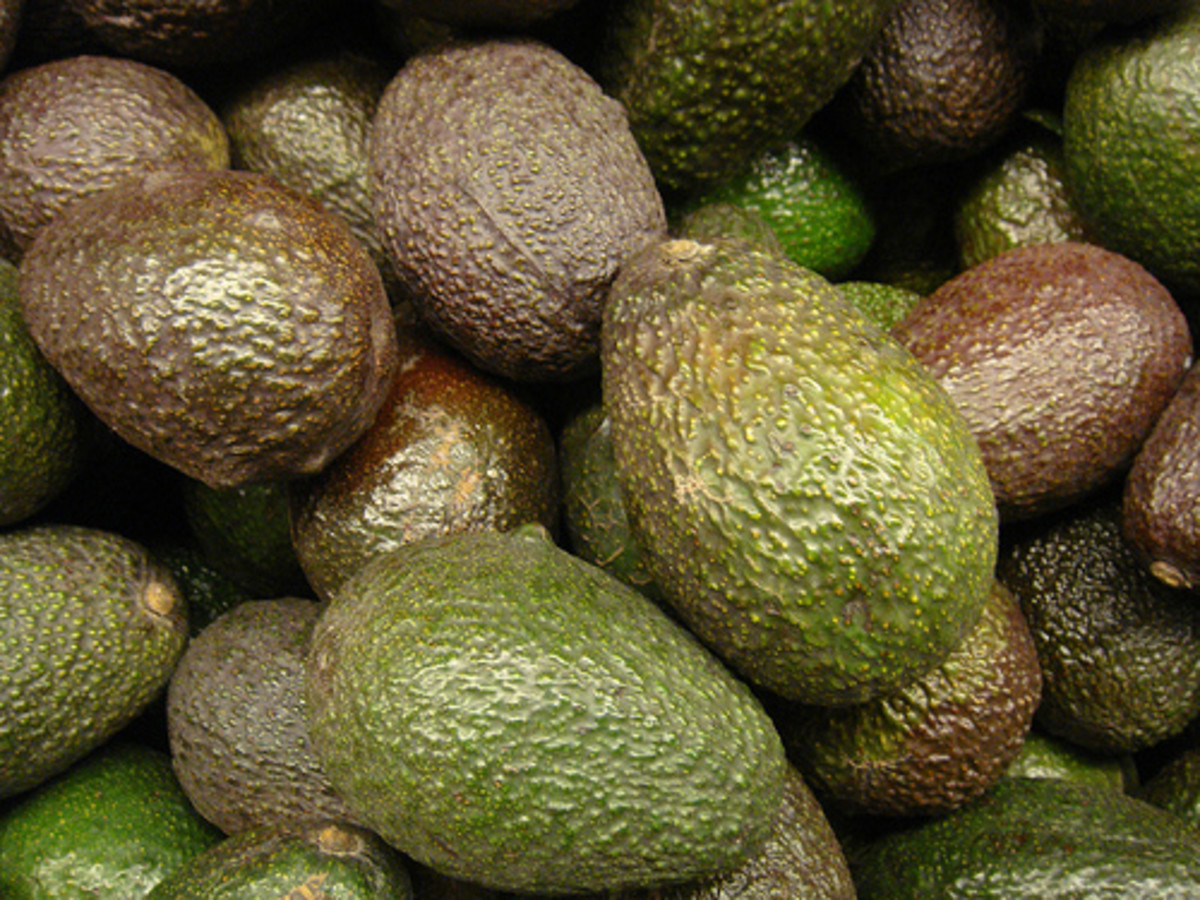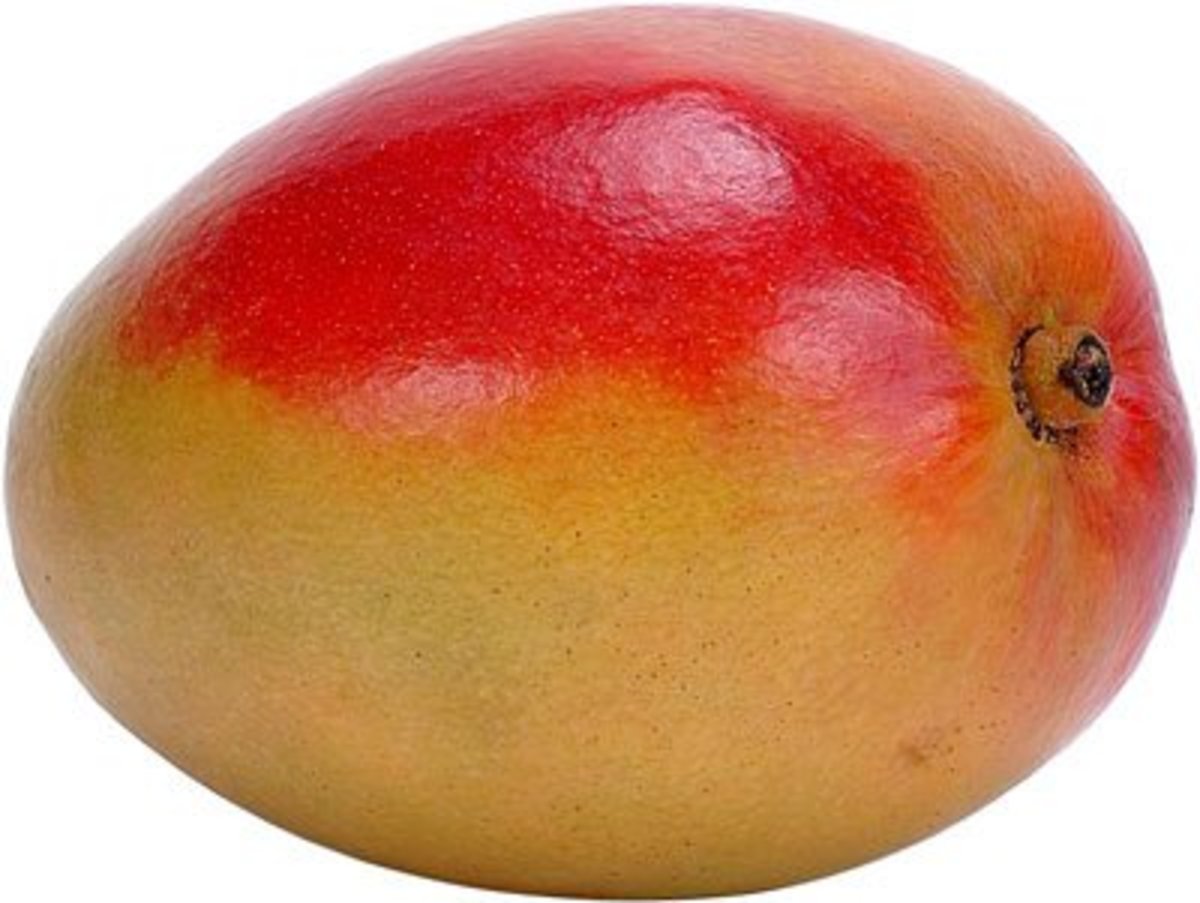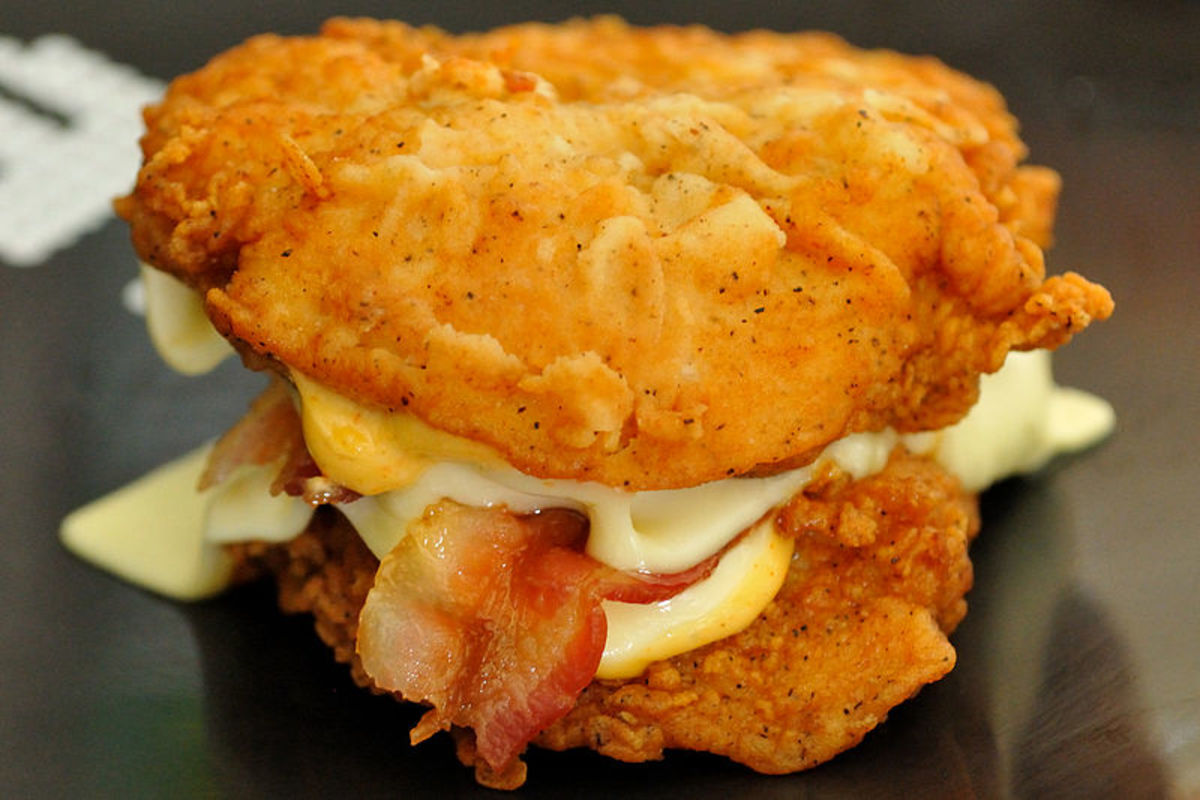What Did Paleo People Really Eat
Paleo
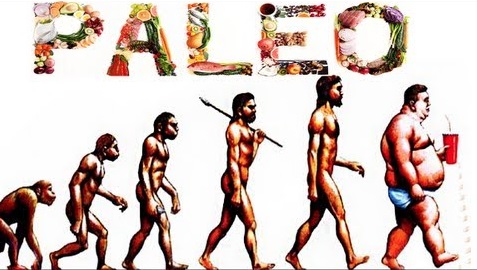
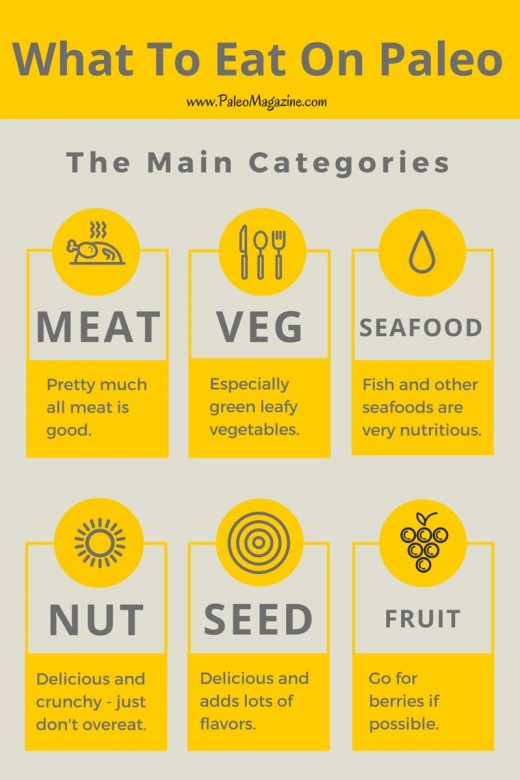
Paleo Diet
This about what our ancestors ate between 10,000 years ago and 2.5 millions years ago. It will also cover why you are overweight if you are. This was written February 10, 2017. It also covers the biggest change that happened to mankind.
About 12,000 years ago totalitarian agriculture was developed and so was money. This information comes from the book, Ishmael by Daniel Quinn. It was awarded the $500,000 Turner Tomorrow Fellowship Award in 1991, a year before its formal publication. Wikipedia says:
The Turner Tomorrow Fellowship Award was created in 1989 by Ted Turner, to be awarded to an unpublished work of fiction offering creative and positive solutions to global problems. Ishmael by Daniel Quinn won the award in 1991, which will not be awarded again, and was selected out of 2500 entries by a celebrity panel including famous sci-fi writer Ray Bradbury. The award was worth $500,000, the largest single sum ever awarded to a single work of literature.
When this happened they started locking up the food and they needed guards to guard it. Before this people lived in village or tribes and their goal was survival of the village. They did not steal but shared everything. Everyone was equal and no one had more than another. They have called this change civilization. See The Best Book Written in Modern Times.
Now many want to make more money and one way to do that is to make you overweight so you eat more food. It is called the American way. Processed food was designed by experts to make you overweight and eat more food. Everyday the weight of the average person in the world is going up.
Protein in Paleolithic Diet
I saw on a short interview with Loren Cordain, PhD, who created the diet that everyday people eat some protein. He says the Paleo diet should be least 50% meat. I bet he loves the taste of meat. Now is that the way he suggests or the way that the paleolithic people ate. Did those people read that they needed to eat protein everyday on the internet 50,000 years ago. In 1950 the FDA stance on food was that it does not affect health. The only purpose of food was to fill up the stomach.
The need for protein has been greatly exaggerated to sell meat. The people of that time had only one motivation for what they ate-- taste. That is how animals know what is healthiest to eat, by taste. Of course humans can greatly greatly change the taste of foods. But if you ate food raw and only one food at a time, like the animals eat, then the healthiest foods would taste the best.
You could eat a mix of raw trail mix like mixed nuts and it would taste great and be healthy but it can make you overweight. Now if you ate each item by itself, you would eat the perfect amount of that food and then go onto the next food. That is the way that the instinctos eat. They eat a instincto diet that means that they eat all food raw and only eat one food at a time just like the way wild animals eat. I have articles about this on the internet but not on this website.
Actually there are no people that have a protein deficiency. There is a technical name for it-- kwashiorkor. But the only people that have a problem with this are people that are starving to death. Protein is made from having all essential amino acids. Can you name a fruit or vegetable that does not have protein. There is not one. Excess fats or carbs (carbohydrates) can be stored. Excess protein cannot be stored. It must be broken down into toxins that cause different diseases like cancer.
Americans eat about 5 times the protein that they need. The Japanese eat a lot less food in general. They have a high number of people that smoke but the USA has over 50% than Japan in the number of age adjusted cancer rates. Meat has a lot of protein in it but we eat a lot of it, because it tastes good. See Do You Get Enough Protein.
The wild animals eat their food raw so they love the taste of blood. In fact that is how sharks are attracted to what to eat. Note that the above says to eat fruits, nuts and seeds as part of a paleo diet. But nuts and seeds are hard fruit. To store meat, it can't really be done without refrigeration which wasn't available until after the paleolithic time. Now fruits like apples or oranges can be stored for weeks. Nuts and seeds can be stored for months.
What Food Was Eaten During Paleolithic Period or Era?
Now this is mostly speculation since those people are no longer around. We know that they did not eat processed food. That food is convenient but is very unhealthy and fattening. The people who make it want to make you as fat as possible and to make the food as addictive as possible. One chemical they use is salt. It is not a food and put into every processed food that there is, including sweet food, even though the taste of salt is salty. No person would eat this addictive chemical by itself.
Here is an article about salt from the Paleo website. It says:
So, the take home message to prevent salt induced CVD [cardio vascular disease] is this: 1) don’t put added salt or sea salt into fresh, healthy Paleo foods; 2) avoid salted, processed foods whenever possible. If you happen to overindulge in salted foods: 3) eat plenty of potassium rich fruits and vegetables and 4) drink more water.
So my theory is that people of this time ate mostly insects. Now this story starts 2 billion years ago. Just kidding! Isn't there a way to find out what people actually ate at this time? Yes there is. Coprolites. They are (in paleontology) a piece of fossilized dung. They can also be called paleo poop or fossilized feces.
To understand the video below you should know that all plant foods have plenty of fiber and all animal foods have no fiber. If you read the benefits of fiber, you see that it has more health benefits of anything. Because it indigestible, it can fill you up, but it gives you no calories. To prejudice you against it, they call it roughage. But that is the insoluble fiber. The soluble fiber could be called softage since some of it is like jello.
PubMed.gov is part of the U.S. National Library of Medicine that is part of the National Institutes of Health. They say:
Dietary fiber intake provides many health benefits. However, average fiber intakes for US children and adults are less than half of the recommended levels. Individuals with high intakes of dietary fiber appear to be at significantly lower risk for developing coronary heart disease, stroke, hypertension, diabetes, obesity, and certain gastrointestinal diseases. Increasing fiber intake lowers blood pressure and serum cholesterol levels. Increased intake of soluble fiber improves glycemia and insulin sensitivity in non-diabetic and diabetic individuals. Fiber supplementation in obese individuals significantly enhances weight loss. Increased fiber intake benefits a number of gastrointestinal disorders including the following: gastroesophageal reflux disease, duodenal ulcer, diverticulitis, constipation, and hemorrhoids. Prebiotic fibers appear to enhance immune function.
Mayo Clinic says that dietary fiber has many benefits like normalizing bowel movements, helps maintain bowel health, lowers cholesterol levels, helps control blood sugar levels and aids in achieving healthy weight. This page has an explanation of each of the above. Make sure to see the article Fruits Are the Best Tasting and Healthiest Foods, to understand what you see in the first video.
Does fiber speed up the transit time of your waste or slow it down? The answer is yes! The insoluble fiber speeds up the movement but the soluble fiber slows it down. But that is because it is absorbing toxins in your colon and absorbing cholesterol. Watch the 5 minute video below to see all the science in it. It shows that these people ate mainly fruit. Michael Greger M.D. reads every science report involving health and has over 100 short videos like this one.
Paleopoo: What We Can Learn from Fossilized Feces
Paleo for Beginners: Essentials to Get Started


